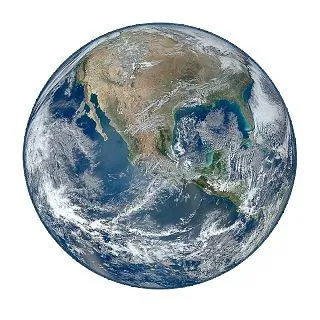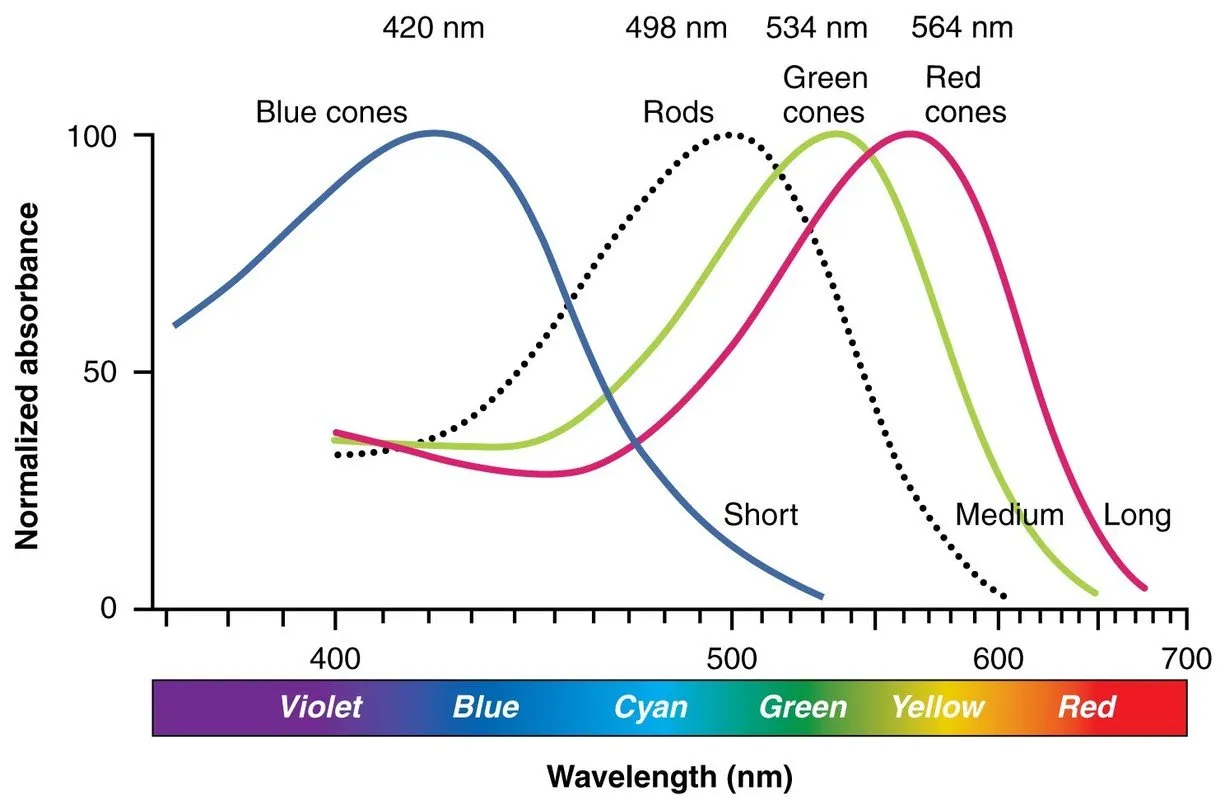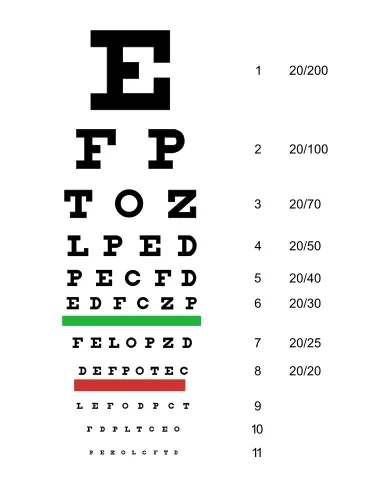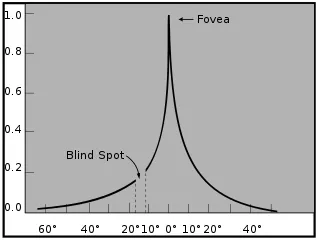
“...3, 2 ,1, Lift off!”. Being pressed hard against your seat the rocket takes off. You feel the adrenaline rushing through every single cell of your body. With an insane speed you are on your way towards moon! Don't forget to take Steem with you.
The lunar distance is approximately 385,000 km and it would take you around 3 days to get there. Finally you reached your destination and placed your foot on the surface of the moon. You look towards earth and see the perfect blue marble. What a beautiful view that only very few people in the history of humanity were granted to see live.
And there you see it, China! You know it's China since you can see The great Wall of China. With 6350 km length it's the largest building on earth.
But let's slow down for a second. Can we humans really see buildings from the moon? What's your guess? Today we will discover the truth behind this myth.

Let's go!
Human eyesight
We will talk about the resolution of the human eye and and in short how eyesight works. If you want to know more about the sensation of sight I recommend you to read my post Life Explorers - The Human Senses Part I: Sight.
Our retina has approximately 6 million cones and 120 million rods. When the reflected light hits our retina these cells become active. We have three different type of cone cells, S(-hort), M-(medium) and L-(ong) cones. Short, medium and long refer to the wavelength the cell is responding to. The rods however can work with different wavelengths and thus do not matter when it comes to color. They are responsible for brightness and become active when there is less light. While the cones are active and working we speak of photopic vision, responsible for color sight. Scotopic vision is the terminus for sight in low light and only seeing in shades of gray.

As described the human retina has three kinds of cones. Each sensitive to a different wavelength. The following illustrations depicts the relation of wavelength and cones. These three cones together make it possible that we see colors. By combining cones we are able to see over 200 million different colors.

What really matters it the resolution of the human eye, the distinguishability of very fine structures and the visual acuity. If you have been to a eye doctor you might know this chart with letters. They become smaller and smaller and you will notice it becomes harder and harder to identify the letters. This has something to do with your acuity.

Fig. 3 Snellen chart Source
Acuity is a property of our cones. The area on the retina with the highest density of cones is called fovea and is in the center of the retina. This is the spot where we have the highest acuity and see the sharpest. The acuity drops radically from there.

Fig. 4 Acuity of human eye Source
To keep it simple: It's is not possible to see any buildings on earth. The limiting factor is the resolution of the human eye. In Fact you won't even be able to see specific countries. From a distance of over 380,000 km all you can see is blue and white. The clouds would make it more or less impossible to see the buildings, besides they are too small to be seen.
Charles M. Duke (Apollo 16) and Eugene A. Cernan (Apollo 17) both confirmed they were not able to see any structures from the moon.
Myth or Fact? #30 - Your tongue is mapped into different areas of taste
Myth or Fact? #29 - Chicken or Egg, what came first?
Myth or Fact? #28 - Can jellyfish kill people?
Myth or Fact? #27 - Drinking alcohol makes you warm
Myth or Fact? #26 - Lightning can strike from ground upwards
Myth or Fact? #25 - Bats are blind
Myth or Fact? #24 – Watermelon Seeds will grow inside your Stomach
Myth or Fact? #23 – Tea has Theine and Coffee has Caffeine
Myth or Fact? #22 - You have to wait an hour to swim after eating
Myth or Fact? #21 - Stretching before exercise is dangerous
Myth or Fact? #20 – A Penny dropped off the Empire State Building kills you
Myth or Fact? #19 – Cold weather makes you catch a cold
Myth or Fact? #18 – Hair and nails keep growing after death
Myth or Fact? #17 – Cockroaches can survive a nuclear catastrophe
Myth or Fact? #16 – Skin on heated milk is dangerous
Myth or Fact? #15 - Survive a falling elevator by jumping up as it hits the floor
Myth or Fact? #14 - Mosquitoes prefer people with sweet blood
Myth or Fact? #13 - Does Santa Claus exist? 🎅
Myth or Fact? #12 - Acid and Base saves Life
Myth or Fact? #11 – Glass is a liquid
Myth or Fact? #10 – During summer the Eiffel Tower is taller
Myth or Fact? #9 - Hot water freezes faster than cold water
Myth or Fact? #8 - Oxygen runs out in overfilled rooms
Myth or Fact? #7 – Does a mirror swap left and right?
Myth or Fact? #6 – Radioactive contaminated waste glows green
Myth or Fact? #5 – Does drinking distilled water kill you?
Myth or Fact? #4 - We only use 10% of our Brain
Myth or Fact? #3 - Is it colder during Winter because the Sun is further?
Myth or Fact? #2- The world's most famous equation: E=mc²
Myth or Fact? #1 - The Five Second Rule
Do you love photography? Then I hope you didn't miss my recent MyPictureSunday Episode where I went to Paris. You can see it here MyPictureSunday#10 - Last day in Paris + MyPictureDay Challenge Round #3. You should participate in the contest and win some Steem Power!
Tim